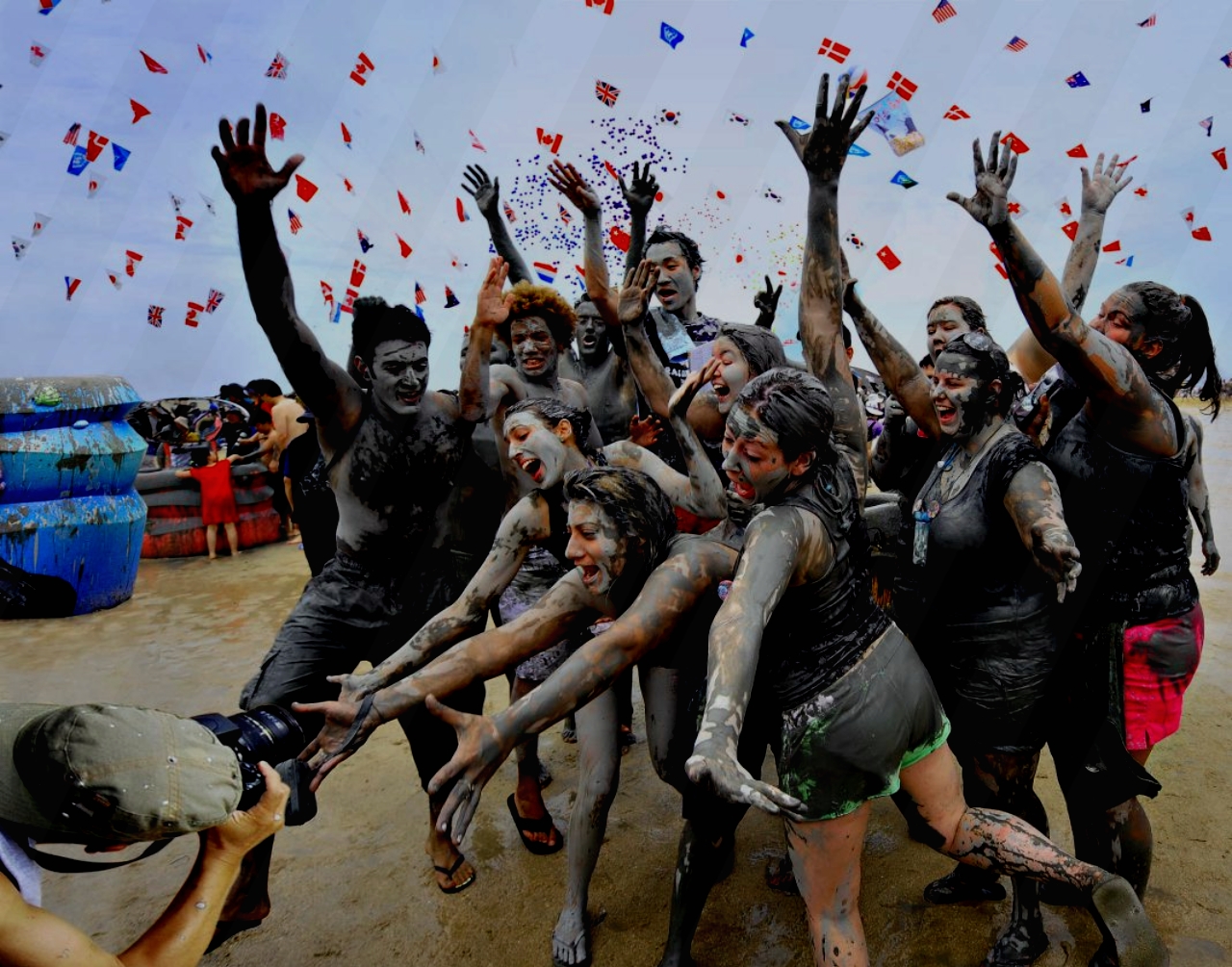Guiding the global Catholic Church and its over 1 billion members is undeniably a monumental responsibility. The role of Pope is steeped in tradition, ceremony, and rich history. But what about the daily realities of being the pontiff? Below, we delve into some lesser-known facets of the papacy…
1. What is the significance behind the Pope occasionally wearing red shoes?
The Pope wearing red shoes holds a lot of historical and symbolic significance. Traditionally, the red shoes are a symbol of the blood of martyrs, reminding the Pope and the faithful of the sacrifices made by early Christians. They serve as a powerful reminder of the suffering and dedication of those who died for their faith.
The color red is also closely associated with the Passion of Christ, representing his crucifixion and the salvation brought through his sacrifice. When the Pope wears these red shoes, it emphasizes his role as a spiritual leader who walks in the footsteps of Christ, leading the Catholic Church with humility and dedication.
Historically, red was a color of importance and authority within the Church. Popes have worn red garments, including shoes, for centuries as a sign of their special status and connection to the traditions of the Church.
In recent times, not all Popes have consistently worn the red shoes, but when they do, it serves as a nod to the rich history and deep-rooted symbolism within the Catholic faith. The red shoes are more than just a piece of clothing; they carry a deep message of faith, sacrifice, and the enduring legacy of the Church’s martyrs.
2. How much does the Pope earn?
The Pope doesn’t actually earn a salary. As the leader of the Catholic Church, his needs are taken care of by the Vatican. This means that his housing, food, travel, and other expenses are all covered. He lives in the Vatican, a sovereign city-state, and has access to everything he needs without receiving a paycheck.
While the Pope doesn’t have a salary, the Vatican has significant financial resources. It manages donations from Catholics around the world and has investments and property holdings. These resources help support the Pope’s activities and the work of the Church globally, including charitable projects, education, and maintaining historical sites.
Pope Francis, in particular, is known for his simple lifestyle. He has chosen to live modestly, often avoiding luxury. For instance, he opted to live in a guesthouse rather than the more lavish papal apartments. This reflects his commitment to humility and service.
Overall, while the Pope doesn’t receive a salary, his role is supported by the Vatican’s resources, ensuring he can focus on his spiritual and leadership duties without worrying about personal financial matters.
3. Can the Pope own pets?
Yes, the Pope can own pets, although it is uncommon. There are no specific rules or restrictions within the Catholic Church that prevent the Pope from having pets. Historically, there have been a few Popes who kept animals as companions. For example, Pope Leo XII had a dog, and Pope Pius IX was known to have a canary.
However, being the Pope is a demanding role with many responsibilities, which might make it difficult to care for a pet. The Pope’s schedule is filled with meetings, ceremonies, and travel, leaving little time for pet care. Additionally, the Pope lives in the Vatican, where maintaining pets might not be practical due to the environment and the Pope’s busy lifestyle.
Pope Francis, known for his love of animals and nature, hasn’t been known to keep a pet since becoming Pope. He has often spoken about the importance of caring for all of God’s creatures and has a deep appreciation for the natural world. While it is possible for the Pope to have a pet, the demanding nature of the position and the logistical challenges usually mean that Popes do not keep pets during their tenure.
4. Can the Pope grow a beard?
Yes, the Pope can grow a beard. There are no specific rules in the Catholic Church that prevent the Pope from having facial hair. Historically, some Popes did have beards. For example, Pope Julius II, who reigned in the early 16th century, had a beard for a period of his papacy. In the past, beards were sometimes grown as a sign of mourning or penance.
In recent centuries, however, Popes have typically been clean-shaven. This has become more of a tradition than a rule. The preference for a clean-shaven look might be due to the modern perception of neatness and professionalism.
Pope Francis, like his recent predecessors, is clean-shaven, but there’s nothing stopping him or any future Pope from deciding to grow a beard. The choice to have facial hair is a personal one and would likely be respected by the Church and the faithful.
Ultimately, whether the Pope has a beard or not doesn’t affect his duties or his ability to lead the Catholic Church. It would simply be a matter of personal preference, and while it might be a noticeable change, it would not be against any church guidelines.
5. Do Popes ever go on vacation?
Popes do take breaks from their duties, but they don’t go on vacation in the same way most people do. Instead of traditional vacations, Popes sometimes take what’s called a “papal retreat” or a period of rest. This isn’t about lounging on a beach; it’s more about spiritual reflection and rejuvenation.
Typically, these retreats happen at the Vatican or nearby, where the Pope can withdraw from daily responsibilities, spend time in prayer and contemplation, and recharge spiritually. It’s a time for the Pope to reflect on his role, seek guidance, and prepare for the challenges ahead.
While Popes might not take extended vacations like many people do, they do have opportunities to take short breaks or engage in activities that help them relax within the confines of their responsibilities. For instance, Pope Benedict XVI enjoyed playing the piano, which was a way for him to unwind amid his duties.
Ultimately, the Pope’s role is demanding and requires constant attention to the needs of the Church and its followers. Even during periods of rest, the Pope remains connected to his spiritual duties and continues to fulfill his responsibilities as the leader of the Catholic Church.
6. What happens after a Pope dies?
When a Pope passes away, it triggers a series of rituals and procedures within the Catholic Church. First, the death is officially confirmed by a doctor who examines the body. Then, the Camerlengo, a high-ranking official in the Vatican, verifies the death and destroys the Pope’s ring and seal to prevent their misuse.
Next, the body of the Pope lies in state for several days in St. Peter’s Basilica, where people can pay their respects. During this time, Cardinals from around the world gather in Rome for the papal conclave, a meeting to elect the new Pope. The conclave is held in the Sistine Chapel, where the Cardinals vote in secret until one candidate receives a two-thirds majority.
After a new Pope is elected, he accepts the role and chooses a papal name. The inauguration Mass, known as the Papal Inauguration, follows shortly after. The new Pope’s duties begin immediately, and he assumes leadership of the Catholic Church.
The death of a Pope is a significant event for Catholics worldwide, marking the end of one papacy and the beginning of another, while also honoring the life and legacy of the deceased Pope.
7. Can the Pope watch TV or movies?
Yes, the Pope can watch TV and movies, but it’s not something we often hear much about. Like anyone else, the Pope has personal preferences and interests. However, the choice of what he watches might reflect his position and responsibilities as the leader of the Catholic Church.
Pope Francis, for example, has mentioned enjoying movies and has even recommended a few to others. He has suggested films that carry important messages about human dignity, social justice, and faith. For him, movies can be a way to connect with contemporary issues and engage with storytelling that resonates with moral values.
That said, the Pope’s leisure time is likely quite limited due to the demands of his role. His schedule is filled with meetings, ceremonies, and responsibilities that leave little room for extended periods of relaxation. When he does have downtime, it’s likely spent in activities that provide spiritual or intellectual nourishment, rather than purely entertainment.
In essence, while the Pope can enjoy TV and movies like anyone else, his choices might be guided by his role as a spiritual leader and his commitment to promoting values that align with Catholic teachings.
8. What does the Pope eat? Can he drink alcohol?
The Pope’s diet typically reflects simplicity and moderation. The Vatican kitchen prepares meals that are nutritious and not extravagant. Pope Francis, for example, is known for his preference for simple dishes, often incorporating his Argentine heritage into meals. This might include things like grilled fish, salads, and fruits.
As for alcohol, yes, the Pope can drink alcohol, but like everything else, it’s done in moderation. Wine is a common drink in many Catholic rituals, including Mass, where it symbolizes the blood of Christ. So, it’s not uncommon for Popes to have a glass of wine during ceremonial occasions or meals. Some Popes may also enjoy a beer or other alcoholic beverages occasionally.
It’s important to note that the Pope’s personal preferences and health considerations are taken into account. For instance, Pope Benedict XVI was known to enjoy a good German beer now and then, while Pope Francis has expressed a preference for more moderate consumption.
Overall, while the Pope’s diet and consumption of alcohol are guided by principles of moderation and simplicity, they also reflect personal tastes and cultural influences, much like anyone else’s preferences.
9. Does the Pope ever dress casually?
The Pope does dress casually at times, though it’s not as common as his formal attire. When he’s not engaged in official duties or public appearances, the Pope might opt for more relaxed clothing. This could include wearing simpler robes or even more casual attire like a sweater or comfortable pants.
Pope Francis, in particular, is known for his preference for simpler and less formal clothing. He has been seen in public wearing a simple white cassock without some of the ornate accessories that previous Popes wore. This choice reflects his emphasis on humility and his desire to connect with people on a more personal level.
When not in public view, the Pope might also choose to dress casually in private settings, just like anyone else might do when they’re at home or spending time with family and friends.
Overall, while the Pope’s role often requires formal dress for ceremonial and public events, there are certainly times when he dresses more casually, reflecting his personal style and preferences outside of his official duties.
10. Do Popes sneak out?
It’s highly unlikely that Popes sneak out in the way we might imagine. The Pope’s schedule is tightly managed and secured by the Vatican staff and security personnel. His movements are carefully planned and monitored for safety and protocol reasons.
However, there have been some instances where Popes have made surprise visits or outings under controlled circumstances. For example, Pope Francis has been known to visit places unexpectedly, like a local prison or hospital, to meet with people in need or to make a point about compassion and humility.
In these cases, the visits are arranged with security and protocol in mind, ensuring the Pope’s safety and the smooth execution of his mission. Such visits are intended to demonstrate the Pope’s concern for marginalized groups and to highlight important social issues.
Overall, while Popes don’t sneak out in the traditional sense due to security and logistical reasons, they can make spontaneous visits under controlled circumstances to carry out their pastoral duties and to connect with people in a more personal and meaningful way.






